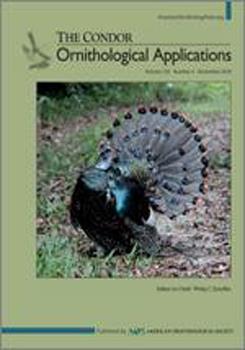Reliable demographic estimates hinge on the assumption that marking animals does not alter their behavior, reproduction, or survival. Violations can bias inference and are especially egregious for species of high conservation concern. Global positioning system (GPS) devices represent a recent technological advancement that has contributed greatly to avian ecological studies compared with traditionally used very high frequency (VHF) radio transmitters, but may affect demographic rates differently than VHF transmitters. We compared survival between VHF (necklace attachment) and GPS (rump-mounted attachment) devices from >1,100 Greater Sage-Grouse (Centrocercus urophasianus), a species of high conservation concern, across multiple populations within California and Nevada. We found lower survival for GPS-marked compared to VHF-marked sage-grouse across most sex, age, and seasonal comparisons. Estimates of annual survival for GPS-marked sage-grouse were 0.55–0.86 times that of VHF-marked birds with considerable variation among sex and age classes. Differences in survival could be attributed to features associated with GPS devices, including greater weight, position of attachment (e.g., rump-mount harness), and a semi-reflective solar panel. In a post hoc analysis, we evaluated additive and interactive effects between device type (GPS vs. VHF) and transmitter mass as a proportion of body mass (PBM). While the device type effect alone was the best model, the PBM interaction also had support. For GPS devices, survival decreased with increasing PBM, whereas PBM effects were not found for VHF. We attributed differences in PBM effect to placement of transmitters on sage-grouse, as weight of GPS devices was positioned rearward. This information can help managers and researchers weigh costs and benefits of GPS-based monitoring. Our results indicate demographic data collected from GPS devices should be interpreted with caution, and use of these devices should be tailored to specific ecological questions. Future research aimed at investigating behavioral impacts and GPS designs that reduce adverse impacts on survival would be beneficial.
How to translate text using browser tools
13 August 2019
Global positioning system tracking devices can decrease Greater Sage-Grouse survival
John P. Severson,
Peter S. Coates,
Brian G. Prochazka,
Mark A. Ricca,
Michael L. Casazza,
David J. Delehanty
ACCESS THE FULL ARTICLE

The Condor
Vol. 121 • No. 3
August 2019
Vol. 121 • No. 3
August 2019
Centrocercus urophasianus
GPS
sage-grouse
survival
telemetry
transmitter effects
VHF




